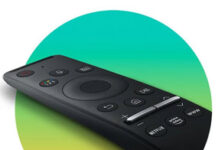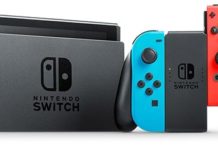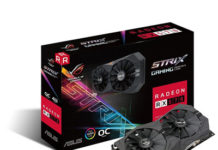This article will be much simpler than my laptop article because tablets serve a simpler purpose. They are the middle between the portability of a smartphone and the larger screen of a laptop. Each consumer has different needs, so I break it down in multiple perspectives.

Screen Size: 8″ if you want a larger version of a phone. Smaller tablets are good for extra portability, typing/texting with the touch screen and using while lying down., 10-12″ if you want a more portable laptop. Larger tablets are, all things equal, better for web browsing, drawing pictures, Microsoft Office, and streaming movies at high resolutions.
Resolution: Get a resolution of at least 1080p (or higher). Although the screens of tablets are smaller, users tend to hold the tablet closer to their eyes than a laptop so a higher pixel density is needed. Most mid to high-end tablets have a high resolution, but keep in mind that <$150 tablets or tablets from several years ago, such as the original iPad have a low resolution.
Processor: The vast majority of apps are either web-based or extremely light, so, beyond a certain point, processing speed make a large difference. If you’re planning on this being your main computer, you’ll want to check the specs. But if this is just a machine to view Youtube videos and an occasional webpage, then it’s not a big deal.
Storage: Again, it depends whether this is going to be a computer you plan on using a lot or just an in-between machine when you don’t feel like using your laptop. For just apps, 16 GB should be plenty. However, if you plan on storing music/pictures/videos or you use the device for gaming, 32 GB is recommending. Tablets with expandable storage are always an option if you want extra storage. For Apple’s iPads, keep in mind that storage is not expandable.
RAM: Both Android and iOS manage it differently. iOS manages it more efficiently. For the most optimal experience, Android tablets should have 2 GB of RAM minimum (but up to 4 ideally). For Apple’s iPads, 2 GB goes much further. Only 1 GB of RAM is advised against for Android but doable for casual usage in an iPad.
Battery Life: This factor is important for a device that’s supposed to be even more portable than a laptop. You want at least 5-6 hours of battery life (if not 8), although tablets are thinner and it is harder to fit a decently sized battery into it. Having a 3-4 hour battery life is not pleasant, having to constantly worry about battery when you just want to relax and use your tablet for a few hours.
Gaming: Tablets like the NVidia Shield K1 are great for their gaming functionality, which is not too far off from that of a 7th gen console like the Xbox 360. However, they come with downsides such as shorter battery life, thicker body and other cut corners like low internal storage or cheap build quality. These downsides hurt the overall tablet experience in other categories.



